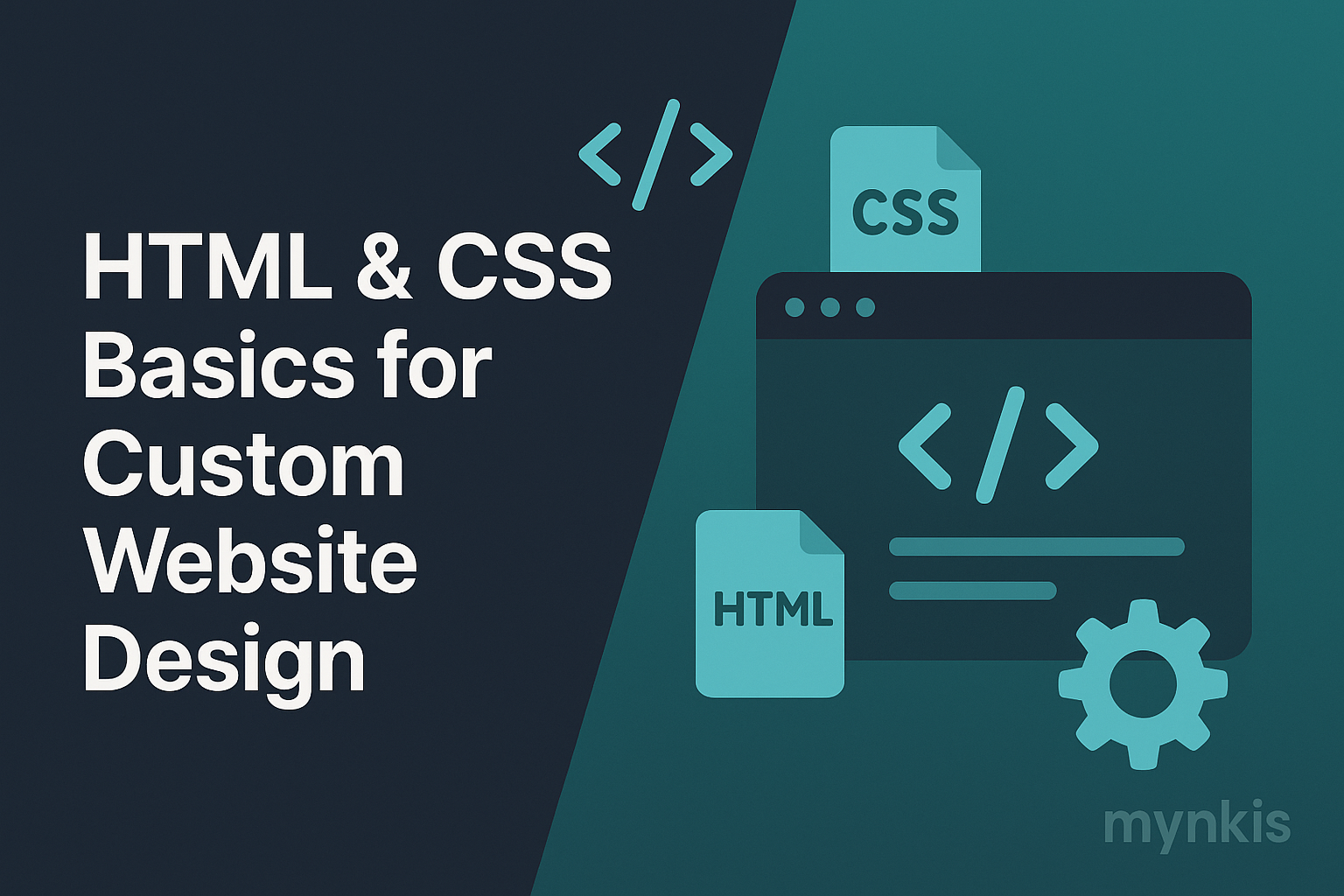Schedule a Demo
Let's be real, the secret sauce to standing out in a saturated market lies in personalized web design. With HTML and CSS, it's all about crafting a distinctive digital presence that speaks volumes about your brand. I've seen countless firms striving to differentiate themselves online, and those embracing HTML and CSS reap the benefits of a bespoke user experience.
Think of HTML as the foundation of your custom website. It provides the structural skeleton that you'll flesh out with content and design. HTML allows for a precise organization of elements—from headers to footers—which in turn paves the way for efficient automation and seamless integrations.
Now CSS comes into play, acting like the designer that outfits your website with color, fonts, and layout. CSS transforms basic HTML into a visually appealing website that not only catches the eye but also aligns with your corporate identity. Without CSS, you’re just reading plain text on the web; with it, you're turning your site into an engaging visual journey.
By using HTML, your website can effortlessly integrate with third-party services through APIs or scripts. This means you're not just designing a site, but setting up a hub for data exchange and automation which is crucial in any operations where ERP, CRM, or other systems must interact seamlessly. And you know what? With clean HTML, your integrations play together much better, ensuring your automation software runs like a well-oiled machine.
If there's one thing I know, it's that time is money. Automation is critical in this fast-paced business world. Implementing smart CSS structures alongside semantic HTML boosts load times and facilitates automated testing and maintenance. This isn’t about saving a few minutes here or there; it's about drastically enhancing your workflow and ultimately your bottom line.
The intriguing part about leveraging HTML and CSS for SEO purposes is that you have the control to optimize your content extensively. A well-structured HTML with appropriate tags and headings alongside CSS helps search engines understand and index your pages better, heightening your chances to climb those coveted search result rankings. By tailoring your custom web solutions with strategic design choices, you're essentially equipping your B2B website with the prowess to generate more leads through sophisticated SEO techniques.
In the B2B realm, your website acts as the frontline of your digital strategy. Consider a B2B website focused on lead generation, powered by HTML and CSS intricacies: the navigation is smoothly animated and intuitive, highlighting key products, all enveloped within a responsive design that doesn't miss out on any potential leads regardless of the device used.
I dive into responsive design as it pivots to a vital need for any modern website—tailoring the user experience for various devices. With media queries and flexible grid layouts crafted in CSS, your enterprise web solutions adapt effortlessly to smartphones, tablets, and desktop screens alike.
It's key to clarify that while HTML and CSS handle the front end—the part users interact with—there's a whole world at the back end that makes it all possible. When designing with custom software development, it’s essential to consider how HTML and CSS interact with back-end languages like PHP, thus streamlining your service offerings into a unified experience for the end-user.
Learning HTML and CSS can seem daunting, but trust me, it's an investment that pays off. I've encountered professionals who initially felt overwhelmed but soon recognized the immense control and flexibility they gained over their digital assets. Start small, experiment, and progressively dive deeper—it’s all about taking those first steps.
Your journey in custom website design with HTML and CSS mustn't bypass accessibility. This isn’t just a legal obligation in many regions but a moral one too. Construct your site to be navigated comfortably by individuals with disabilities, focusing on clear headings, alt text, and proper contrast ratios for an inclusive digital presence.
You're not in this alone. Countless tools exist that bolster your enterprise web solutions. From HTML and CSS code editors to frameworks and style libraries, you're equipped with resources like Bootstrap, Tailwind CSS, and even HTML5 for a swift, stylistic approach to complex site builds.
It's all in flux, isn't it? The digital ecosystem never stops evolving, and so too must our skills. Keeping abreast of the latest in HTML and CSS developments ensures your custom software development projects are not just current but also trailblazing in function and aesthetics.
How do you know your efforts in learning HTML and CSS for custom website design have borne fruit? Look at your site's performance metrics. The success of SEO initiatives, user engagement statistics, and overall conversion rates offer tangible proof that these foundational skills are making a tangible impact.
Embracing HTML and CSS gives you the reins to shape a compelling digital strategy. Your journey doesn't end here; instead, it gears you up for a world of endless possibilities where user experience, design integrity, and lead generation potential intertwine seamlessly. So leap into the art and science of web design with a developer's spirit and let's evolve and innovate together.
